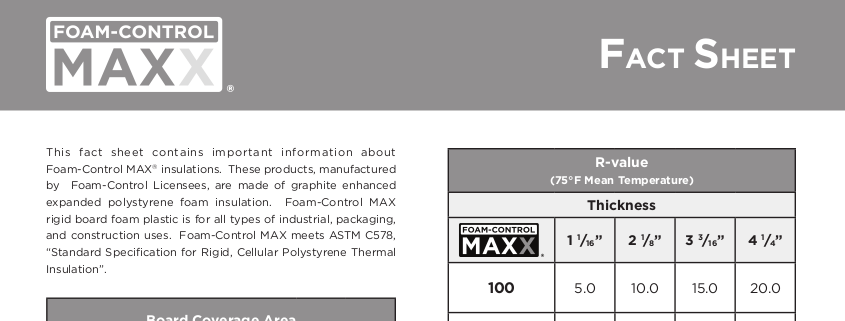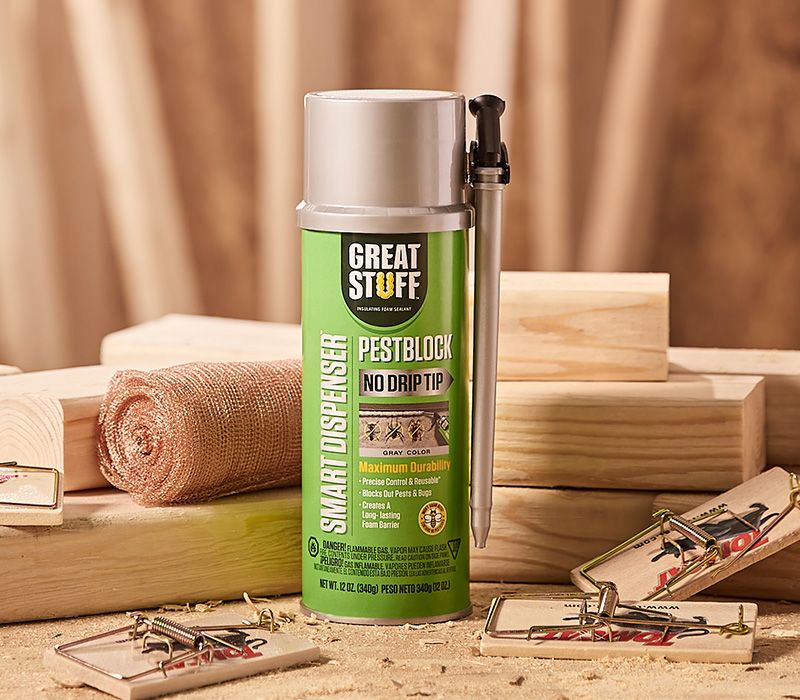Common Obstacles in Foam Control and How to Get over Them Effectively
Common Obstacles in Foam Control and How to Get over Them Effectively
Blog Article
Reliable Techniques for Achieving Optimal Foam Control in Chemical Production
Efficient foam control is a vital facet of chemical production that can significantly influence manufacturing performance and item top quality. By understanding the mechanisms of foam development and choosing suitable anti-foaming agents, suppliers can take aggressive procedures to reduce too much foam.
Comprehending Foam Development

Surfactants, or surface-active agents, minimize the surface tension of the liquid, facilitating bubble security and promoting foam generation. Additionally, frustration or blending procedures can enhance bubble formation, usually exacerbating foam problems. The qualities of the fluid medium, consisting of viscosity and thickness, further impact foam habits; for example, more thick fluids often tend to trap air a lot more efficiently, leading to increased foam stability.
Recognizing these fundamental aspects of foam development is crucial for reliable foam control in chemical manufacturing. By identifying the conditions that advertise foam development, manufacturers can carry out targeted techniques to alleviate its unfavorable effects, thereby enhancing production processes and guaranteeing constant item quality. This fundamental knowledge is vital before discovering details methods for controlling foam in industrial setups.
Choice of Anti-Foaming Representatives
When choosing anti-foaming agents, it is vital to take into consideration the specific characteristics of the chemical procedure and the kind of foam being produced (Foam Control). Various elements influence the efficiency of an anti-foaming agent, including its chemical composition, temperature stability, and compatibility with other process products
Silicone-based anti-foams are commonly utilized due to their high effectiveness and wide temperature level array. They function by minimizing surface tension, permitting the foam bubbles to integrate and damage even more easily. Nevertheless, they may not be appropriate for all applications, particularly those entailing sensitive formulas where silicone contamination is a problem.
On the other hand, non-silicone representatives, such as mineral oils or organic compounds, can be beneficial in certain scenarios, particularly when silicone deposits are unwanted. These representatives tend to be less reliable at higher temperatures however can supply effective foam control in other problems.
Furthermore, understanding the foam's beginning-- whether it develops from aeration, agitation, or chain reactions-- guides the selection process. Checking under actual operating conditions is crucial to ensure that the chosen anti-foaming representative fulfills the distinct requirements of the chemical manufacturing procedure successfully.
Process Optimization Techniques
Effective foam control is an essential aspect of enhancing chemical production processes. To improve performance and decrease production prices, makers have to execute targeted procedure optimization methods. One important strategy involves readjusting blending rates and arrangements. By fine-tuning these criteria, operators can lower turbulence, thus decreasing foam formation during blending.
Furthermore, controlling temperature level and stress within the system can significantly affect foam generation. Lowering the temperature might reduce the volatility of particular elements, resulting in reduced foam. Maintaining optimal stress levels aids in alleviating too much gas release, which adds to foam stability.
Another effective strategy is the strategic addition of anti-foaming representatives at crucial phases of the process. Careful timing and dosage can ensure that these agents successfully reduce foam without disrupting other process parameters.
Additionally, integrating an organized analysis of raw material residential properties can assist determine naturally foaming compounds, permitting preemptive steps. Last but not least, performing regular audits and process reviews can reveal ineffectiveness and areas for enhancement, enabling continual optimization of foam control methods.
Tracking and Control Solution
Monitoring and control systems play a vital function in keeping optimum foam management throughout the chemical production process. These systems are necessary for real-time monitoring and modification of foam degrees, making sure that manufacturing performance is maximized while minimizing interruptions brought on by extreme foam formation.
Advanced sensors and instrumentation are employed to identify foam density and elevation, providing important data that check out here educates control algorithms. This data-driven method enables the prompt application of antifoaming representatives, guaranteeing that foam degrees remain within appropriate restrictions. By incorporating monitoring systems with procedure control software application, producers can implement automated responses to foam changes, decreasing the need for manual treatment and boosting operational consistency.
Additionally, the integration of maker knowing and anticipating analytics right into checking systems can assist in aggressive foam monitoring. By examining historic foam data and operational parameters, these systems can anticipate foam generation patterns and suggest preemptive steps. Routine calibration and upkeep of surveillance devices are necessary to make certain accuracy and integrity in foam discovery.
Ultimately, effective surveillance and control systems are important for maximizing foam control, promoting safety and security, and boosting general efficiency in chemical production settings.

Study and Finest Practices
Real-world applications of tracking and control systems highlight the value of foam administration in chemical production. A notable situation study involves a massive pharmaceutical producer that carried out an automated foam detection system.
An additional excellent situation comes from a petrochemical business that embraced a combination of antifoam representatives and procedure optimization strategies. By examining foam generation patterns, the organization customized its antifoam dose, leading to a 25% decrease in chemical usage and substantial expense savings. This targeted method not just minimized foam interference yet also boosted the overall security of the production procedure.

Conclusion
In conclusion, accomplishing optimum foam control in chemical production necessitates an extensive strategy including the option of ideal anti-foaming agents, execution of procedure optimization methods, and the combination of innovative surveillance systems. Normal audits and training additionally boost the efficiency of these methods, promoting a society of continual enhancement. By attending to foam formation proactively, makers can substantially improve manufacturing efficiency and product quality, eventually adding click here now to more economical and lasting procedures.
By comprehending the devices of foam formation and choosing suitable anti-foaming agents, manufacturers can take aggressive procedures to mitigate too much foam. The features of the fluid medium, including viscosity and thickness, more influence foam behavior; for example, more thick liquids often tend to catch air extra successfully, leading to raised foam stability.
Recognizing these fundamental elements of foam formation is important for reliable foam control in chemical production. By assessing historic foam information and functional criteria, these systems can forecast foam generation patterns and suggest preemptive procedures. Foam Control. Normal audits of foam control determines make sure that processes continue to be enhanced, while fostering a society of aggressive foam administration can lead to lasting renovations throughout the manufacturing spectrum
Report this page